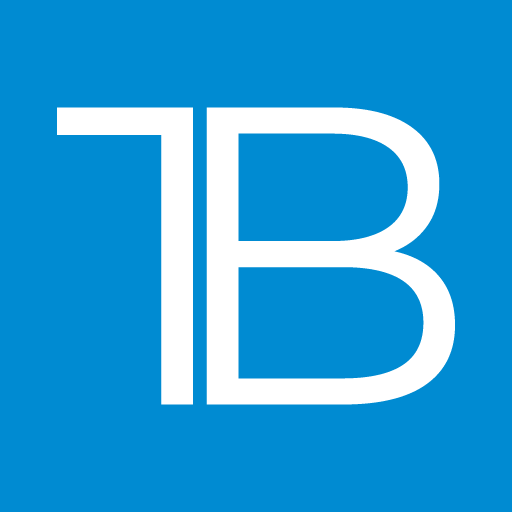This Article Was First Published on The Bit Journal| U.S. Bank, America’s fifth-largest commercial lender, is taking a decisive step into blockchain finance by establishing a new Digital Assets and Money Movement division. The move signals the growing interest of legacy banks in tokenized finance and regulated digital infrastructure.
A New Era of Tokenized Banking
The newly formed unit will oversee stablecoin issuance, crypto custody, and tokenized payments. Jamie Walker, the long-serving CEO of Elavon, has been appointed to lead this initiative while continuing his role in the bank’s merchant services branch until a successor is found.
Dominic Venturo, Chief Digital Officer at U.S. Bank, explained that this expansion reflects how traditional institutions are adapting to clients’ changing expectations. “Clients increasingly want to understand how digital assets can help them safely move money, store deposits, and use tokenized assets,” he stated on the company’s media channel.
The bank aims to leverage its existing strengths in real-time payments and digital wallets to build a compliant blockchain-based payment system. While the roadmap has yet to reveal an official launch date, the strategy underlines a growing conviction that tokenization is no longer just a trend but an infrastructure shift.
Digital Assets Strategy Takes Center Stage
The development arrives just as other global banking giants accelerate their own digital asset plans. Citibank recently announced that it will debut a regulated crypto custody service by 2026. Unlike Citi’s custody-first approach, U.S. Bank is leaning toward operational utility, money movement and tokenized payments, suggesting a divergence in how major financial players are carving their niche within the digital finance landscape.
This growing segmentation indicates that digital assets are becoming more specialized within traditional banking. Custody, payments, compliance, and asset tokenization may soon stand as independent verticals, each demanding technical expertise and tailored regulatory frameworks.
The Institutional Race Toward Blockchain Integration
Over the past two years, institutional adoption of blockchain has evolved from cautious trials to concrete infrastructure planning. The introduction of stablecoins and tokenized assets into mainstream banking suggests that the boundaries between fiat and blockchain ecosystems are blurring faster than regulators anticipated.
Experts argue that initiatives like this demonstrate how financial giants no longer view blockchain as a competitor but as a partner to modernize systems. As one analyst on X remarked, “Banks that do not build a digital assets framework now may soon be priced out of future financial infrastructure.”
This shift toward blockchain-native finance could reshape settlement processes, liquidity access, and cross-border payments, cutting down transaction times from days to seconds while improving transparency.
Regulation
Regulatory clarity remains the final piece of the puzzle. As U.S. lawmakers move closer to defining stablecoin and tokenization frameworks, banks are quietly building internal capabilities to comply once rules go live. U.S. Bank’s new division positions it ahead of that curve, ensuring it can operate safely within future guidelines while serving institutional and retail clients exploring digital assets.
If successful, the initiative may redefine how major U.S. banks manage payments in an era of programmable money.
Conclusion
U.S. Bank’s digital assets division represents a broader institutional awakening to blockchain’s potential. By merging traditional finance with tokenized systems, the bank is not merely experimenting; it is laying the groundwork for a future where the concept of “money movement” becomes fully digitized and borderless. The competition is heating up, and how effectively banks integrate tokenized assets will determine their relevance in the coming decade.
Frequently Asked Questions
1. What is U.S. Bank’s new digital assets division about?
It focuses on developing blockchain-based solutions for stablecoin issuance, tokenized payments, and crypto custody.
2. Who will lead the new digital assets division?
Jamie Walker, the CEO of Elavon, has been appointed to lead the unit while continuing his current role temporarily.
3. How does this compare to other banks’ digital asset strategies?
While Citi focuses on custody, U.S. Bank targets payment infrastructure, reflecting distinct approaches to blockchain integration.
4. When will U.S. Bank’s digital assets services launch?
The bank has not disclosed a launch timeline yet, as the initiative is still under development.
Glossary
Digital Assets: Cryptographically secured tokens representing value or rights that can be transferred, traded, or stored digitally.
Tokenized Payments: A system where money or assets are represented by blockchain-based tokens to enable faster, transparent transactions.
Stablecoin: A type of cryptocurrency pegged to a stable asset like the U.S. dollar to minimize volatility.
Crypto Custody: A regulated service allowing institutions to securely store and manage cryptocurrencies or tokenized assets.
Read More: U.S. Bank Creates Digital Assets Unit to Power Tokenized Payments">U.S. Bank Creates Digital Assets Unit to Power Tokenized Payments








